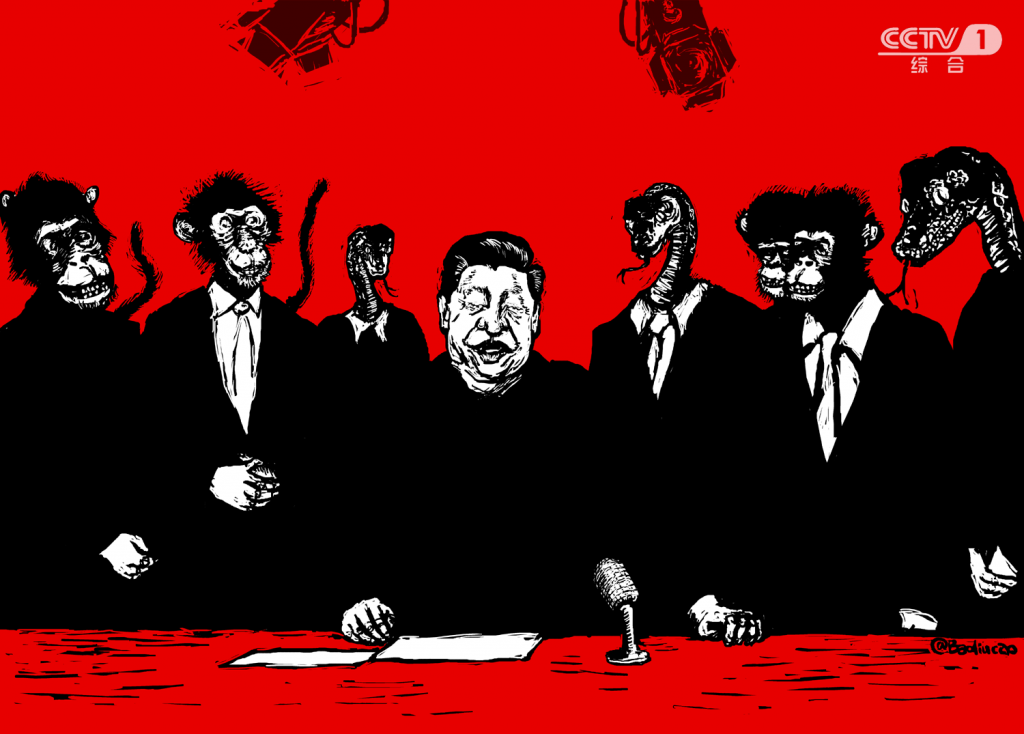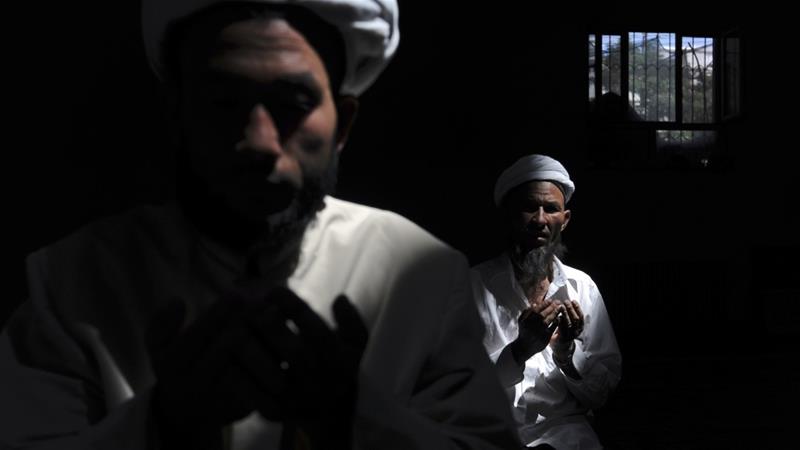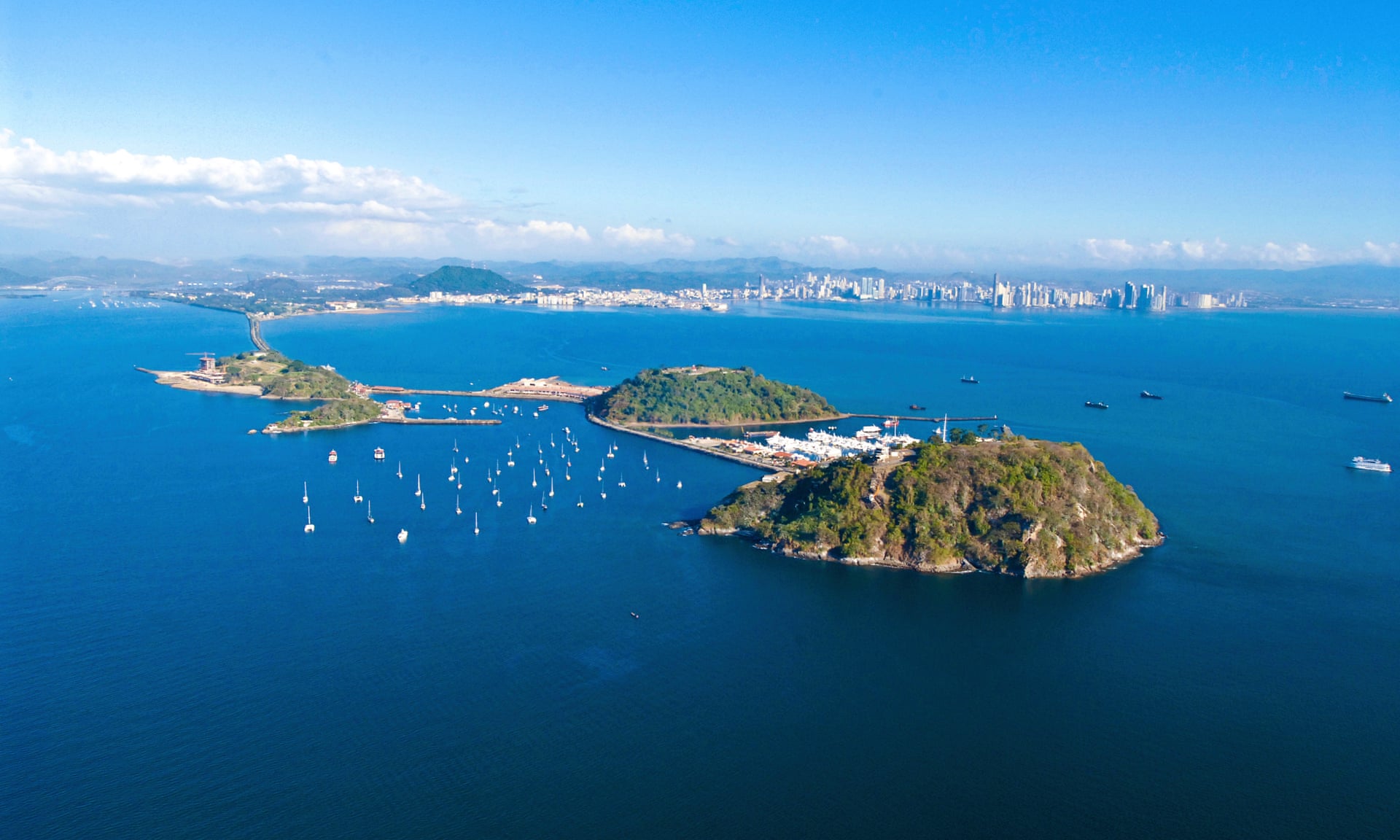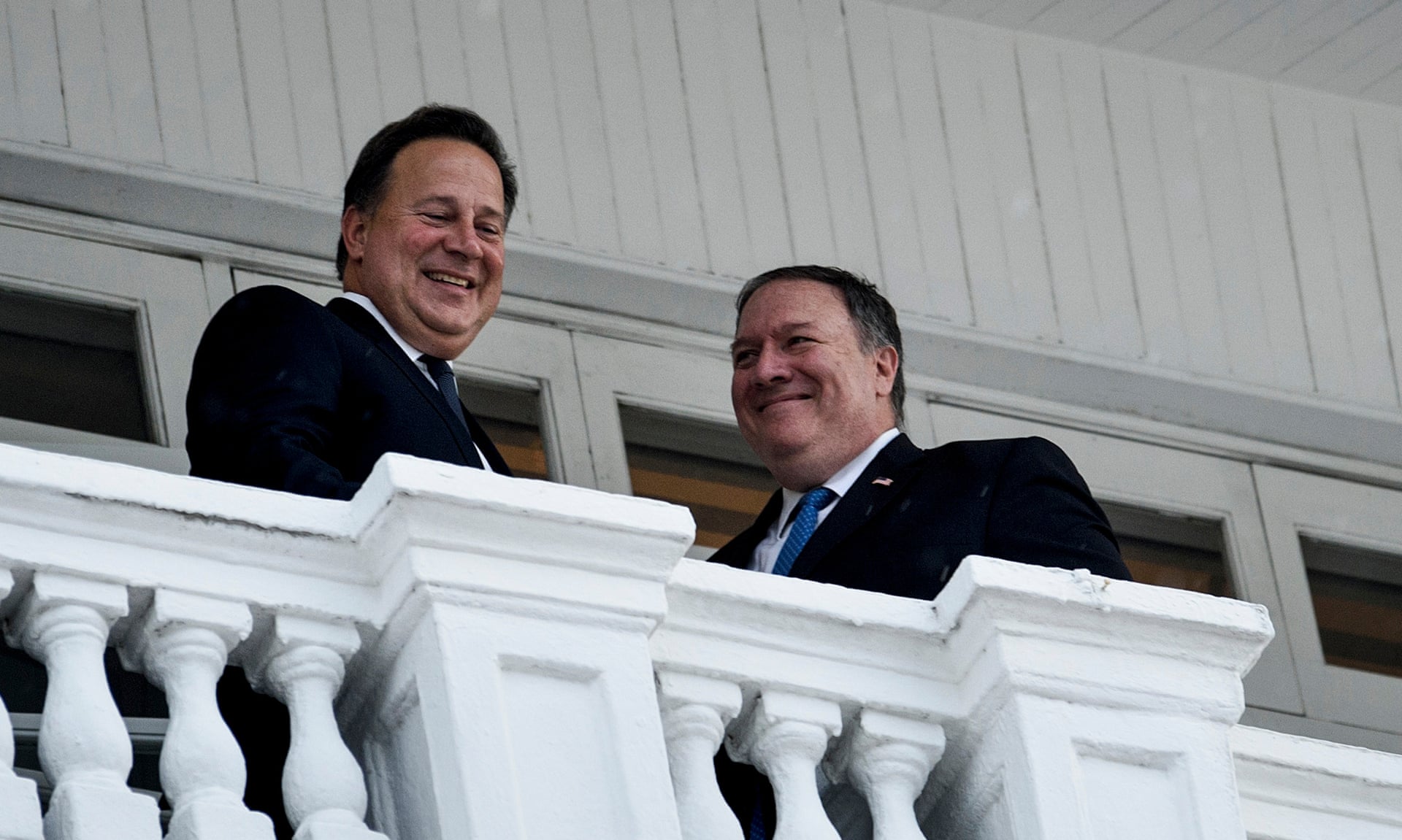By ROB SCHMITZ
Beijing is mounting an aggressive influence campaign targeting multiple levels of American society, according to a report published Thursday that is written by some of the top China experts in the U.S.
The working group that compiled the report includes scholars who for decades have agreed that as long as the U.S. continued to engage the People's Republic of China, the paths of both countries would eventually converge and that when they did, China's political system would become more transparent and its society more open.
However, as China's economy climbed to unprecedented heights, Xi Jinping has consolidated power, and in the eyes of the report's authors, the idea of convergence has been put to rest.
A different path
As Xi took office in 2013, China "began to take a very different path forward," says Orville Schell, a China scholar who co-chairs the working group that produced the 200-page report, "Chinese Influence and American Interests."
Schell says that prior to Xi, China's leaders viewed their country as in a state of transition, but since Xi's ascendancy, China is seen internally more as a country that has arrived in its own right.
"Then the whole idea of engagement took on a very different character," he says.
The report is sponsored by Stanford University's Hoover Institution, the Annenberg Foundation Trust at Sunnylands and the Center on U.S.-China Relations at the Asia Society in New York, which Schell directs.
The publication comes amid rising trade tensions between the U.S. and China and just days before President Trump's planned meeting with Xi during the Group of 20 events in Buenos Aires, Argentina, this week.
The report's authors assert that China's Communist Party has launched a campaign aimed at influencing the U.S. as part of a broader expansion of aggressive policies spearheaded by Xi.
"These policies not only seek to redefine China's place in the world as a global player," the report asserts, but also to advertise a "China Option" to the rest of the world as "a more efficient developmental model" in much the same way that the Soviet Union sought to present itself as a viable alternative to the West's liberal democracies during the Cold War.
Schell says that China's doing away with presidential term limits earlier this year, effectively clearing the way for Xi to rule indefinitely, became a metaphor for the leader's expansion of control and power both inside and outside China, firmly placing his country on a separate competing path with the U.S.
The scope of influence
The report examines eight sectors of American society that China's government is attempting to influence — including the U.S. Congress, local governments, universities and corporations.
While nearly all examples cited have been widely covered by the media and academia, the report aims to add historical context to weave them together and to make concrete suggestions to the U.S. government and institutions on how to handle the growing threat.
One section of the report examines the large amounts of money China's government and Chinese individuals who are loyal to the Communist Party are investing into U.S. universities.
"[Very] often, that money will come not with any explicit prohibitions, but with implicit ones," says Schell.
"If you want to get more money, don't say this, don't say that. In other words," he says.
One section of the report examines the large amounts of money China's government and Chinese individuals who are loyal to the Communist Party are investing into U.S. universities.
"[Very] often, that money will come not with any explicit prohibitions, but with implicit ones," says Schell.
"If you want to get more money, don't say this, don't say that. In other words," he says.
As a result, China aims for "modulating and controlling what people say about it and how they view it."
China's government has, with the help of dozens of U.S. universities, established 110 Confucius Institutes on campuses throughout the United States.
China's government has, with the help of dozens of U.S. universities, established 110 Confucius Institutes on campuses throughout the United States.
The institutes are forced to use Communist Party-approved materials "that promote PRC Chinese viewpoints, terminology and simplified characters; the avoidance of discussion on controversial topics such as Tibet, Tiananmen, East Turkestan, the Falun Gong, and human rights in American classrooms and programs," the report says.
Several U.S. universities, such as the University of Chicago and the Texas A&M system, have had second thoughts about the Confucius Institute and have closed their branches.
Several U.S. universities, such as the University of Chicago and the Texas A&M system, have had second thoughts about the Confucius Institute and have closed their branches.
The report suggests that U.S. institutions rewrite their contracts with their Chinese government partner by eliminating a clause that stipulates Confucius Institutes must operate according to China's laws.
China and Hollywood
Another section examines how Hollywood has come under the influence of Chinese investment and, as a result, now routinely makes films that portray China's government in a favorable light.
Whereas in 1997, films such as Red Corner, Seven Years in Tibet, and Kundun addressed topics the Chinese government deemed sensitive, now Hollywood studios are teaming up with Chinese partners to make films such as The Martian, a blockbuster hit backed by Chinese money in which the Chinese government saves the American protagonists.
"The rush of Chinese investment into the American film industry," the report concludes, "has raised legitimate concerns bout the industry's outright loss of independence."
Schell says after a year and a half of research, he and his team came to the conclusion "that the relationship between the U.S. and China when it comes to influence is not reciprocal," he says.
"The rush of Chinese investment into the American film industry," the report concludes, "has raised legitimate concerns bout the industry's outright loss of independence."
Schell says after a year and a half of research, he and his team came to the conclusion "that the relationship between the U.S. and China when it comes to influence is not reciprocal," he says.
"The open society of the United States gets used for Chinese purposes in myriad ways that are not available to Americans in China."
For example, American universities have not been granted the same access to China as Beijing has received and Chinese media is able to operate freely inside the U.S., while American journalists are severely restricted inside of China.
For example, American universities have not been granted the same access to China as Beijing has received and Chinese media is able to operate freely inside the U.S., while American journalists are severely restricted inside of China.
The report's authors suggest that the visas of visiting Chinese scholars and journalists be redirected unless American scholars and journalists are able to operate with more freedom inside of China.
The report's solutions urge the U.S. government and society to be more transparent about their relationships with Chinese institutions, and when Beijing limits the rights of American institutions inside of China, the U.S. should consider doing the same to Chinese institutions on American soil.
It also urges Americans to act with integrity when Chinese state-sponsored actors try to coerce them or manipulate America's core principles.
The report's solutions urge the U.S. government and society to be more transparent about their relationships with Chinese institutions, and when Beijing limits the rights of American institutions inside of China, the U.S. should consider doing the same to Chinese institutions on American soil.
It also urges Americans to act with integrity when Chinese state-sponsored actors try to coerce them or manipulate America's core principles.
"Openness and freedom are fundamental elements of American democracy and intrinsic strengths of the United States and its way of life," the report concludes.
"These values must be protected against corrosive actions by China and other countries."






















 Muslims pray at a mosque in Aksu, East Turkestan colony, China, August 3, 2012
Muslims pray at a mosque in Aksu, East Turkestan colony, China, August 3, 2012  Jutting four kilometres into the Pacific, the Amador causeway islands separate the concrete and glass skyline of Panama City from the entrance to the Panama Canal.
Jutting four kilometres into the Pacific, the Amador causeway islands separate the concrete and glass skyline of Panama City from the entrance to the Panama Canal. 


